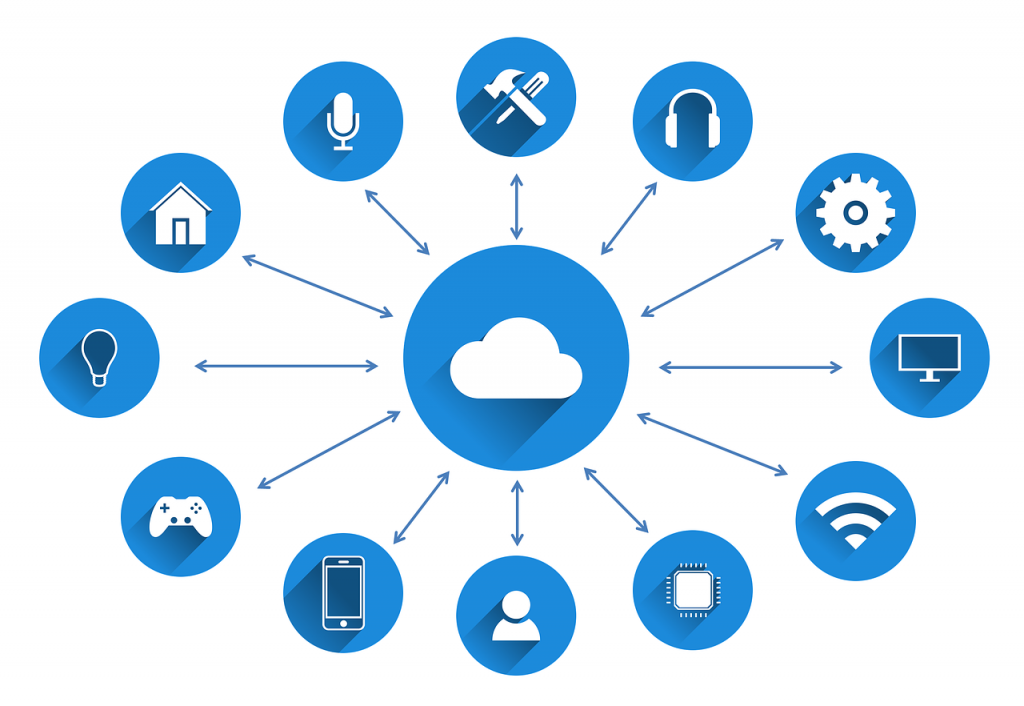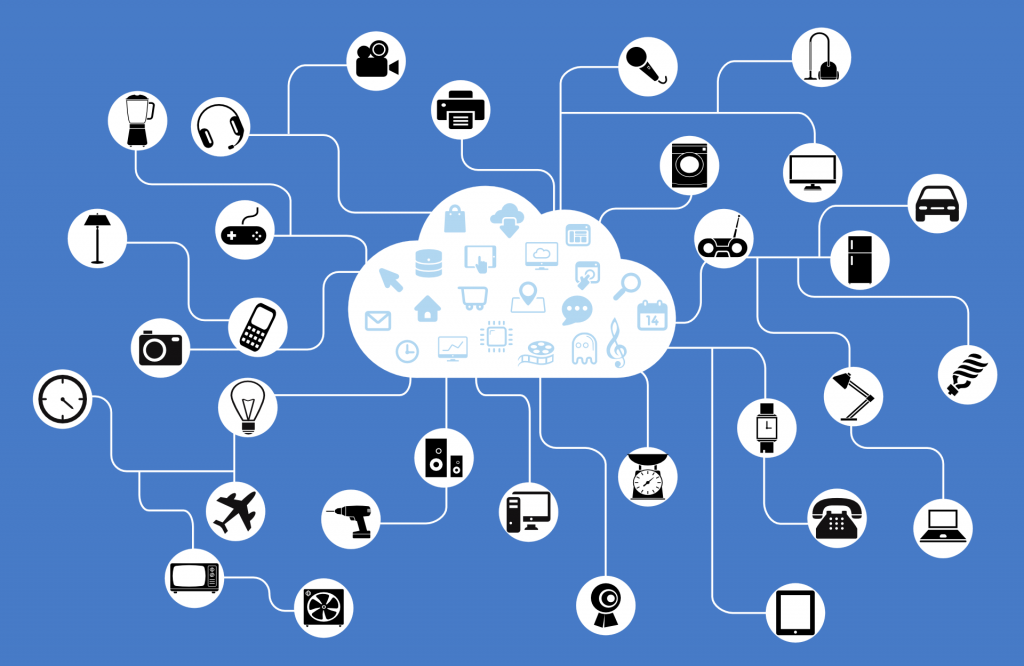Autonomous vehicles. Unmanned aerial vehicles. Smart homes. Sure, the applications of IoT are fascinating. However, beyond the glamour, there are some equally high-impact, though less glorified, applications of IoT. These applications have been realized already, and are on their path to maturity, and penetration across industries. Among these is supply chain management.
Internet of Things has blessed the supply chain with transparency, something that was too difficult and expensive to manage not many years back. It’s because of this transparency that supply chains across industries have become more efficient, less expensive to manage, and of course, immune to tampering. And there’s a lot more to it. Let’s check it out.
Inventory management and demand forecasting

Imagine being able to take stock of your inventory from all warehouses and plants, merely by triggering remote controlled WiFi-enabled robots! That’s the kind of transformation IoT has already made possible for manufacturing giants.
Miniaturized sensors help you understand the material movement from a bird’s-eye view. These sensors can feed in the regularly compiled data to sophisticated ERP systems or standalone inventory management systems.
Accurate, updated, and real-time data help bring out insightful demand forecasting reports. For any manufacturer that adopts IoT, all it takes is a few weeks to realize how sensors enable better inventory tracking as compared to manual tracking.
Micro asset tracking, enabling super intelligent decision making
A high-value wholesaler places an urgent order for a whole truck-fleet worth of high-profit-margin goods. En-route, you get alerted about unsuitable temperature within the truck’s storage unit, which deteriorates the quality of the product and jeopardizes the deal. You are also alerted of availability of better packaging material at a nearby warehouse. You order the trucks to halt for half a day at the warehouse, get all the stock repackaged, and ensure safe delivery, without any consequential delay.
That’s magic, really, and IoT makes this magic possible.

It does so by enabling asset tracking at the deepest possible level. You don’t stop at stock counts; you know of your delivery truck’s precise location, the health of the product in transit, the availability of commodities such as packaging materials across warehouses, the availability of factory labor, and a lot more. In this manner, IoT helps managers view operations in 360 degrees. The result — not only can they identify problems several days before they become obvious, they can correct them quickly enough to eliminate any impact whatsoever.
Better product lifecycle management, more revenue
Product lifecycle management is a core capability in supply chain management. Keeping the flow of products healthy, across all stakeholders in the supply chain, right from the creator to the consumer — that’s what keeps the revenue bells ringing for everyone in the middle.
IoT makes sure that data flows into a central analytics engine from all these stakeholders — vendors, B2B partners, manufacturers, super-stockists, stockists, wholesalers, retailers, and even customers. The result:
- Any issues pertaining to under-stocking or over-stocking can be addressed in a jiffy.
- Warehouse stocking can be optimized.
- The nearest selling-locations for customers can be adequately stocked.
- Purchasing can be executed from geographically suitably located vendors.
- Reverse logistics can be improved by identifying quality issues with batches.
IoT as a provider of customer-side insights

Because of the massive data captured by IoT devices, supply chains will have access to unprecedented quantity and quality of data related to product use, both by internal and external stakeholders. This results in several high-value opportunities for supply chain partners to bring together intelligently selected information sources with a view to understanding how the product is being stored/sold/used by customers.
The information can then be used to alter product attributes such that the most important requirements are fulfilled most effectively. In this manner, the benefits of IoT can extend even beyond the edges of the supply chain, and seep into product innovation, redesign, and reengineering.
Connected fleets for tighter control over product movement

Shipper’s mega containers, supplier’s delivery trucks, and retailer’s delivery vans — the modern supply chain is comprised of several disconnected fleet components. By connecting all these carrier components, companies can significantly improve the level of control they have over aspects such as:
- Averting external constraints such as traffic jams, bureaucratic red-tape, and environmental calamities.
- Planning routes and transit modes in a better manner.
- Enabling vehicles to plan multileg shipment in a cost-effective manner.
- Enabling product availability to customers with minimum possible lead time.
Preventive maintenance via predictive analytics
Even the thought of assembly line breakages can give a plant manager sleepless nights. In a similar manner, any breakage in the supply chain process can turn a supply chain manager’s day into a nightmare.
Sadly, there are so many moving parts in this whole supply chain management machinery that it’s almost certain that trucks will break down, vendor ERPs will become dysfunctional, communication lines will drop, and essential equipment will malfunction. Of course, the monetary impact of these process breakdowns can be immense.
IoT, you guessed it, can help. Because of so many sensors capturing real-time data from supply chain assets (machines, vehicles, products, people, shop floors, retail shelves, and even customer refrigerators), the analytics engine soon develops reliable threshold values for most important process KPIs. When these threshold values aren’t met, the IoT system knows where to look for more detailed data to carry out deeper tracking and analysis. This deeper outreach, then, helps zero in on a highly isolated supply chain component, where the problem could be rooted.
In this manner, IoT enables advanced predictive analytics and resultant preventive maintenance efforts. The net effect — businesses are able to streamline, sustain, and scale up the supply chain for continued traction.
Transforming supply chain management forever
Knowledge is invaluable, and IoT is bringing unprecedented and highly contextualized knowledge to the table for supply chain management. Everyone in the supply chain, right from the manufacturer to the customer, benefits from the improvements that IoT brings in. Whether it’s vendor management, fleet management, product improvement, equipment maintenance, or reverse logistics — IoT is transforming processes for the better, already.
Featured image: Pixabay




Hi Rahul:
Nice article. It’s encouraging to see others in the world share Trackonomy Systems’ vision.
Thanks Jeff. Do consider leaving a word or two about what your organization does, and what you think can be improved about this guide.